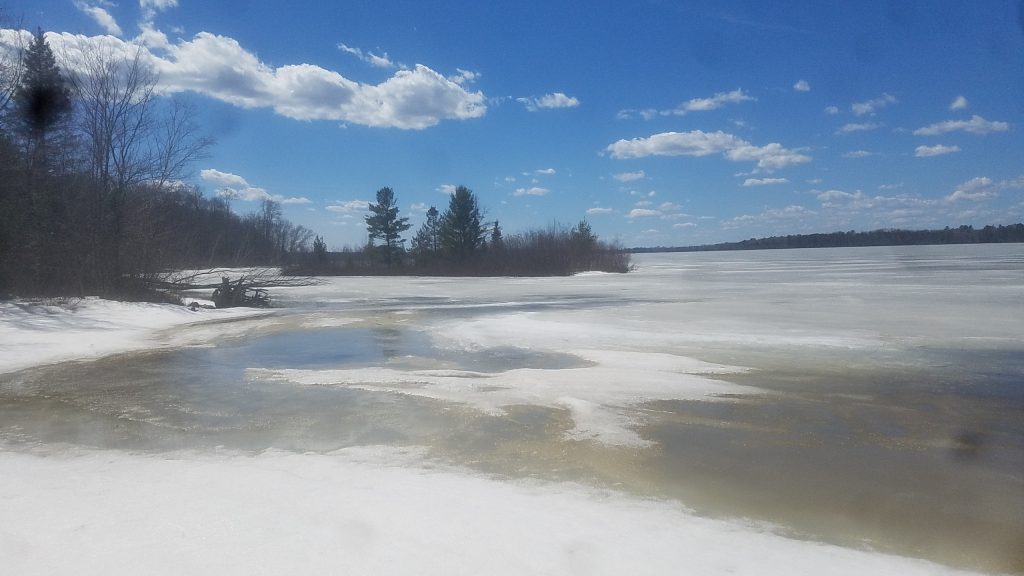DNR Warden offers top 13 ice safety tips
- Always remember that ice is never completely safe under any conditions.
- Fish or walk with a friend. It’s safer and more fun.
- Contact local sport shops to ask about ice conditions on the lake or river you want to fish.
- Carry a cell phone, and let people know where you are going and when you’ll return home.
- Wear proper clothing and equipment, including a life jacket or a float coat to help you stay afloat and to help slow body heat loss.
- Wear creepers attached to boots to prevent slipping on clear ice.
- Carry a spud bar to check the ice while walking to new areas.
- Carry a couple of spikes and a length of light rope in an easily accessible pocket to help pull yourself – or others – out of the ice.
- Do not travel in unfamiliar areas — or at night.
- Know if the lake has inlets, outlets or narrows that have currents that can thin the ice.
- Look for clear ice. Clear ice is generally stronger than ice with air bubbles in it or with snow on it.
- Watch out for pressure ridges or ice heaves. These can be dangerous due to thin ice and open water.
- Take extra mittens or gloves so you always have a dry pair.
- Driving on ice is always a risk. Use good judgment and consider alternatives


